Egan Family Crest, Coat of Arms & Egan Name Origin
|
|
|
|
|
| Return to Home page | Bookmark this page | Link to this page | Send a Egan Postcard |
| Find Your Name | ||||||||
| A | B | C | D | E | F | G | H | |
| I | J | K | L | M | N | O | P | |
| Q | R | S | T | U | V | W | X | |
| Y | Z | |||||||
Egan Family Crest


Origin of the Name Egan
The Egan family history was found in the allfamilycrests.com archives.
Over the centuries Surnames developed a wide number of variants. Different spellings of the same name can be traced back to an original root. Additionally when a bearer of a name emigrated it was not uncommon that their original name would be incorrectly transcribed in the record books at their new location. Surnames were also often altered over the years based on how they sounded phonetically and depending on the prevailing political conditions it may have been advantageous to change a name from one language to another.
Variants of the name Egan
include Eagan, Keegan and Hegan. These names are derived from the Gaelic MacAodhagain sept. The variant anglicized form of MacEgan is very rarely used in modern times. A sept or clan is a collective term describing a group of persons whose immediate ancestors bore a common surname and inhabited the same territory. Irish septs and clans that are related often belong to even larger groups, sometimes called tribes.
These families were great lawyers and belonged to the famous Ui Maine. They settled in Ormond, especially in Counties Tipperary, Kilkenny and Offaly, where the most important Chief Brehon, to the O'Connor Faly, was MacEgan. In some parts of Leinster and Connacht their name was changed to Keegan during the period of Gaelic submergence. Owen MacEgan, 1570-1603, was Bishop-designate of Ross, and was a prominent supporter of Tyrone in the Elizabethan Wars.
The Egan coat of arms came into existence centuries ago. The process of creating coats of arms (also often called family crests) began in the eleventh century although a form of Proto-Heraldry may have existed in some countries prior to this. The new art of Heraldry made it possible for families and even individual family members to have their very own coat of arms, including all Egan descendants.
|
WONDERFUL GIFTS FOR EVERY OCCASION
Show Off Your Heritage With Our Range Of Top Class Gifts For Your Family Name! VERY LIMITED TIME OFFER: FREE DELIVERY!!! |
||
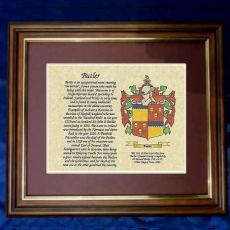 Parchment Prints: Framed, Unframed, Perfect  |
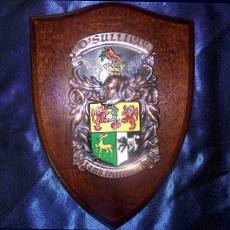 Researched Hand-Painted Plaques & Shields  |
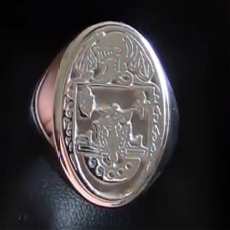 Incredible Hand-Engraved Signet & Seal Rings  |
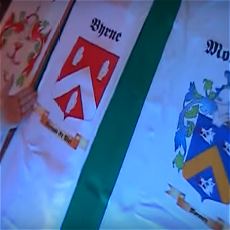 Get your Family Crest Flag, on Ireland or White background!  |
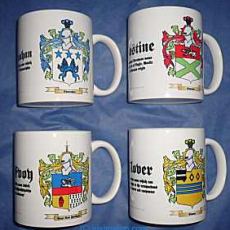 Personalized Coffee Mugs Make Thoughtful Personalized Gifts  |
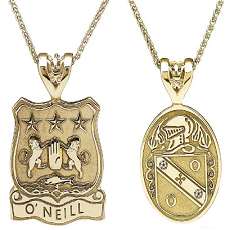 Engraved Pendants in Gorgeous Gold or Stylish Silver.  |